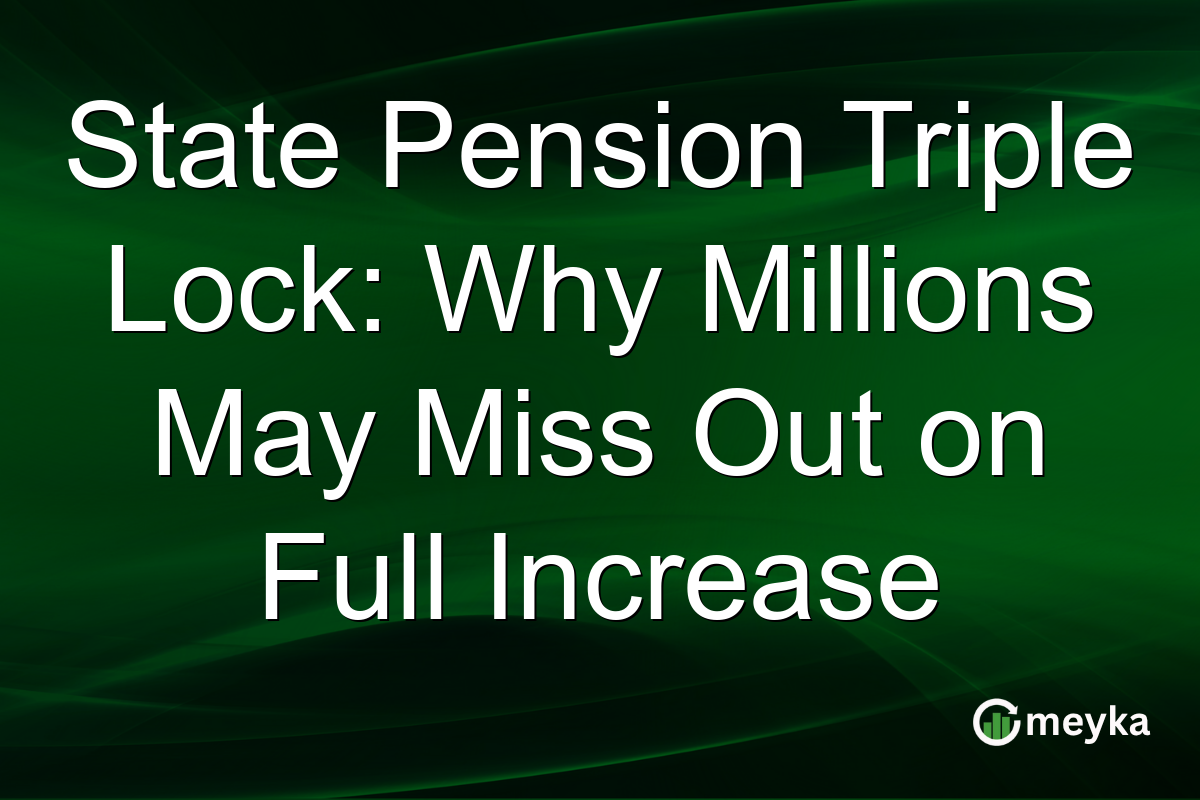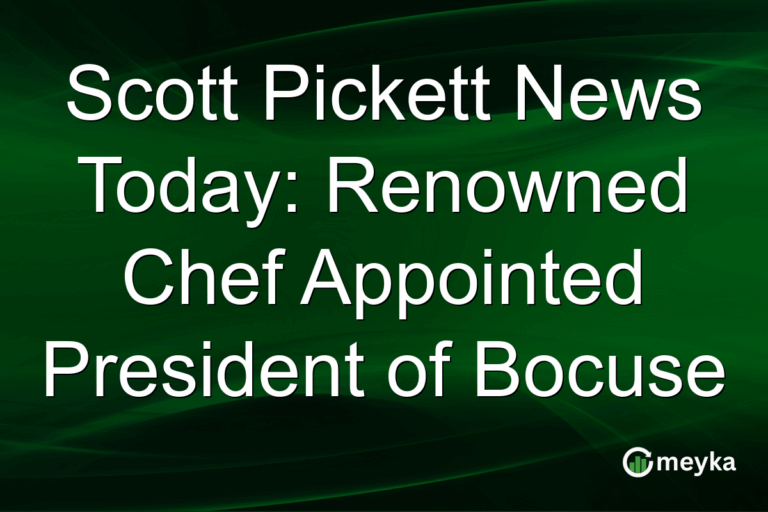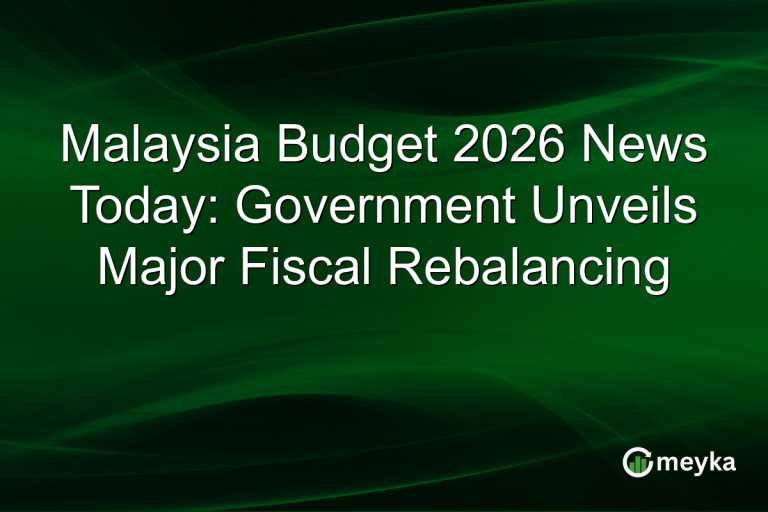State Pension Triple Lock: Why Millions May Miss Out on Full Increase
The “state pension triple lock” policy, designed to protect UK retirees’ incomes, is under scrutiny. It promises a generous 4.6% increase in 2025, yet reports indicate that nearly 6.57 million retirees may not receive this full benefit. Understanding why this is happening is crucial, as the triple lock aims to keep pensions in line with inflation, wage growth, or 2.5%—whichever is highest. But not all pensioners will benefit equally.
Understanding the State Pension Triple Lock
The state pension triple lock was introduced to ensure that retirees’ incomes keep pace with the cost of living. Yet, while the government guarantees rises, complexities within the system lead to disparities. The trigger for these increases is based on the higher of price inflation, average earnings growth, or a set 2.5%. This policy aims to prevent retirees from falling into poverty as living costs rise.
Despite the generous headline increase of 4.6% expected in April 2025, the policy’s scope is limited. It does not apply to all parts of the pension system. For instance, those on certain earnings-related components may see less. This is because parts of the state pension system like the State Earnings-Related Pension Scheme (SERPS) or the Graduated Retirement Benefit aren’t controlled by the triple lock. This means many retirees will experience less uplift in their pension income.
The economic pressures exacerbated by inflation and rising costs of living are being felt keenly by pensioners. As these elements contribute to a rising cost of essentials, any shortfall in expected income increases can have significant impacts on retirees’ living standards.
Who Will Be Affected by the Limited Increase?
Approximately 6.57 million UK retirees may see impact under this year’s policy setting. This group primarily includes those who receive pensions not entirely covered by the triple lock. About 10 million older people depend on their state pension as their main source of income. Yet, those on older schemes receiving less generous raises can be left struggling.
Another crucial aspect is regional disparities. As living costs vary across the UK, a uniform increase might not meet essential expenditure needs everywhere. This is particularly concerning in areas where inflation has eroded purchasing power more severely.
Moreover, retirees who rely solely on the state pension are more vulnerable. For these individuals, any reduction in expected pension increases can have severe budgetary impacts. The government’s policy appears insufficient to fully meet their rising needs. Meanwhile, private pensioners might have more flexibility but still face challenges such as high inflation affecting their purchasing power.
Economic and Political Implications
The state pension triple lock carries substantial economic and political weight. Although politically popular, it presents a significant fiscal burden. The UK Treasury’s concern is that increased pension expenses can strain public finances. This financial pressure raises questions about the sustainability of such policies.
According to a report from MoneyWeek, politicians face increasing pressure to ensure that all components of the pension system are equitably handled. This comes alongside debates about fairness, especially between current workers funding taxpayers and retirees benefiting indiscriminately.
The broader economic picture suggests this could act as an economic stimulus. Retirees are likely to spend any additional funds, potentially boosting the economy. However, without comprehensive reforms, discrepancies will likely remain, disenfranchising specific groups. External consultations and reviews may result to address these systemic issues. This might encourage a broader review of how pension savings are structured, alongside other welfare provisions.
Future of the Triple Lock Policy
Looking ahead, the future of the state pension triple lock is uncertain. Its continuation involves balancing financial sustainability with fairness in pension increases. Proposals to modify it often stir political debate, but reform may be inevitable. The current system’s disparities, as seen with the anticipated 2025 increase, highlight areas needing attention.
The government might explore variable rates that reflect local economic conditions; this could lead to more tailored pension adjustments. Alternatively, expanding the triple lock to other pension components could ensure greater coverage, though potentially at a greater fiscal cost.
While changes loom, platforms like Meyka offer a resourceful way for individuals to stay informed. With real-time data and predictive analytics, Meyka can aid retirees in understanding financial strategies that complement their pension income, maximizing their financial stability.
Final Thoughts
In conclusion, while the state pension triple lock aims to secure retirees’ financial futures, its limitations can leave millions without the full benefits. With significant numbers expected to miss the 4.6% increase, understanding and reforming this policy becomes vital. Meyka provides retirees and investors essential tools to navigate these complexities. Staying informed can enable better financial planning and advocacy for fairer policies, ensuring everyone gets the support they need.
FAQs
The state pension triple lock is a policy ensuring that pensions increase annually by the highest of price inflation, average earnings growth, or 2.5%.
Not all pension schemes fall under the triple lock, particularly earnings-related components, causing some retirees to receive a smaller increase than the headline 4.6%.
While it provides additional income to retirees, boosting spending, the fiscal burden on public finances raises sustainability concerns. Adjustments to the policy may be needed to balance these issues.
Disclaimer:
This is for information only, not financial advice. Always do your research.






